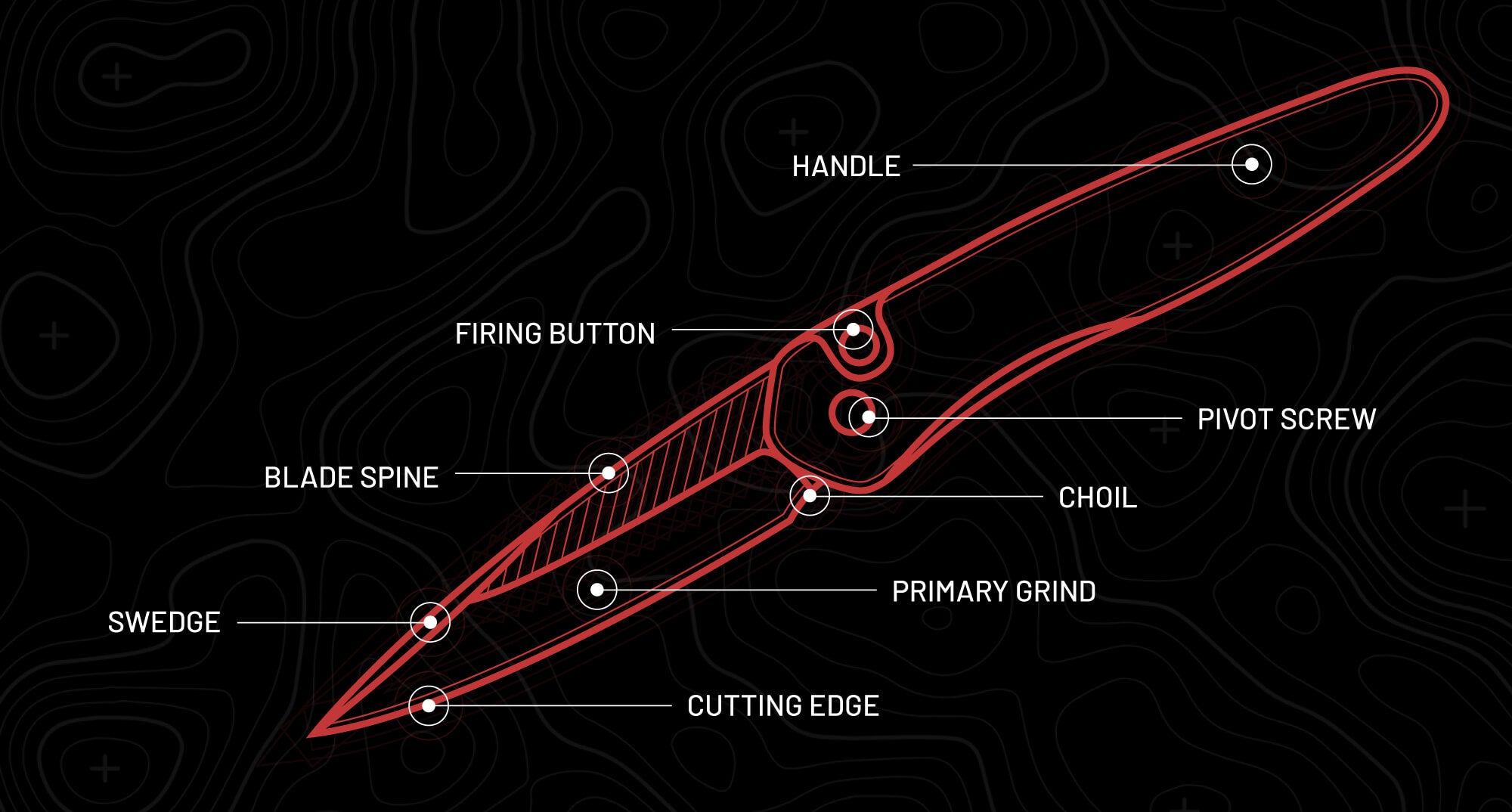It’s not often that man, steel, engineering and craft intersect. But when they do, it’s something to marvel at. While men have long carved shanks and sabers, few had both speed and performance as the automatic knife. When I first started venturing into jungle survival, I gravitated towards big knives. These would be epic machetes and full tang fixed knives that would shear through the toughest resistance. As time went and the wilderness grew on me, my arsenal of knives began to grow. And I deep dived into the amazing world of automatic knives.
What is an Automatic Knife and How Does it Work?
It’s really important for anyone interested in survival knives to be able to differentiate an automatic knife from other types? Because not knowing what knife you are carrying can be the difference between survival and time in jail. The automatic knife, aka the switchblade, is also known as the pushbutton knife, ejector knife, spring knife (Sprenger, Springer), flick knife, or flick blade. With so many names, comes a ton of confusion. So let’s clear that right out. Here’s a simple way to tell which is an automatic knife.
The automatic knife is a type of spring assisted knife that contains a blade within the handle. At the press of a button, the blade jumps out of the handle. A good way to tell whether a knife is automatic or not is by checking the blade’s natural resting position. The blade fires open from the front of the handle at the gentle press of a button. But unlike spring assisted knives, the natural position of the blade is ‘open’. You press the stud, the tension of the spring is released back onto the blade and it fires open without any effort.
Anatomy Of An Automatic Knife

The image illustrates the different parts of a typical automatic (visible with the naked eye). The basics consist of:
- Handle
- Blade
- Pivot
- Firing Button
For an automatic OTF knife, the blade is held back (when closed) within an internal chamber - in the same fashion as a manual slider or gravity knife. But the automatic main spring drive and button mechanism engineered within demands the switchblade handle to be thicker or longer than a similar size gravity or sliding knife.
Side opening automatics have a blade that flies into action from the side of the handle when the firing button is pressed. This lightning action makes this type great for survival situations.
Compare ‘Em Yourself
|
Side Opening Knives |
Automatic OTF Knives |
|
|
Pros |
|
|
|
Cons |
|
|

